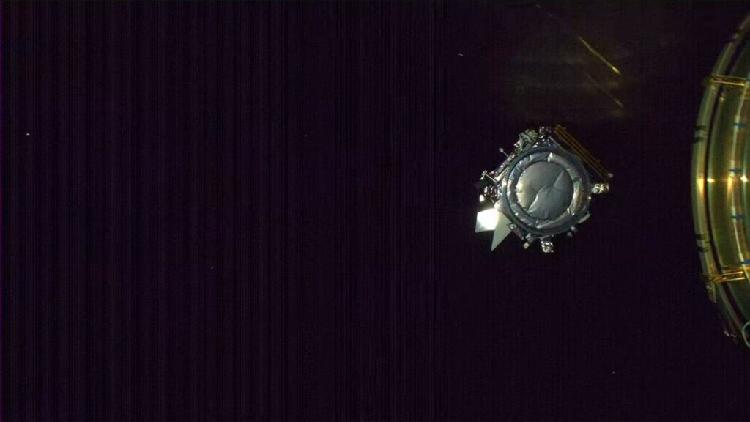NASA launches climate satellite to monitor oceans and atmosphere
NASA's latest climate satellite was launched into orbit on Thursday to monitor global oceans and atmosphere.

NASA's latest climate satellite was launched into orbit on Thursday, designed to engage in a comprehensive study of the world's oceans and atmosphere.
Before dawn, the satellite known as PACE (Plankton, Aerosol, Cloud, Ocean Ecosystem) was catapulted into space by SpaceX. For a price tag of $948 million, the Falcon rocket headed south over the Atlantic to acquire a seldom-seen polar orbit.
Operating from a significant 676-kilometer height for a minimum of three years, the satellite will scrutinize the oceans as well as the atmosphere. It is equipped with two scientific instruments to scan the globe on a daily basis, while a third instrument will record monthly measurements.
Jeremy Werdell, the project scientist, expressed his excitement, stating, "We will have an unprecedented view of our home planet."
The collected data will assist scientists in enhancing predictions for severe weather conditions such as hurricanes, documenting the Earth's transformation as temperatures escalate, and establishing timelines for potential harmful algae blooms.
Despite having over two dozen Earth-observing satellites and instruments already in orbit, NASA expects that PACE will provide deeper insight into the interaction of atmospheric aerosols - like pollutants and volcanic ash - with sea life, such as algae and plankton.
Karen St. Germain, NASA's director of Earth science, voiced her optimism, "PACE will add another dimension to what is observed by other satellites."
According to Werdell,current earth-observing satellites can discern seven or eight colors, however, PACE, being suited to detect 200 colors, will enable scientists to identify different algae varieties in the sea and particle types in the air.
It is anticipated that scientists will start receiving data specifics in a month or two.
In a collaborative effort with India, NASA is set to launch another advanced Earth-observing satellite, Nisar, within the year. Utilizing radar, this satellite will monitor the impact of escalating temperatures on glaciers and other ice-bound surfaces.
Sophie Wagner
Discover more Science and Technology news updates in TROIB Sci-Tech












